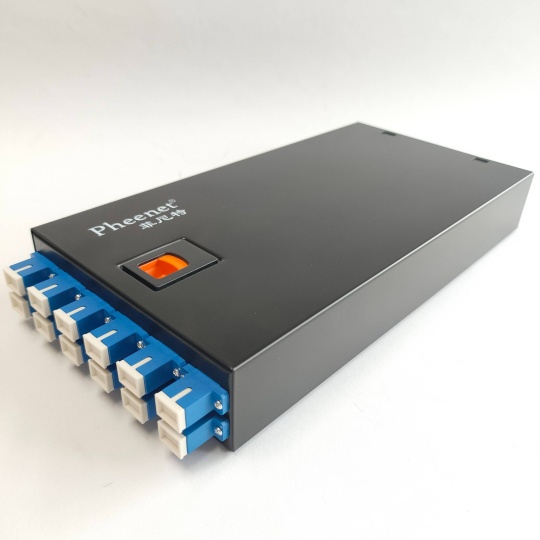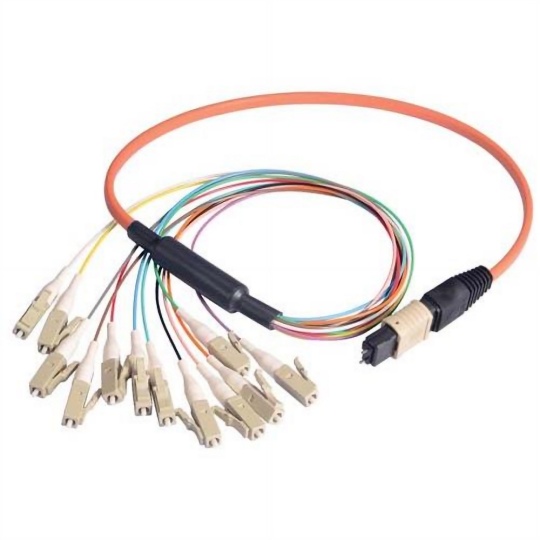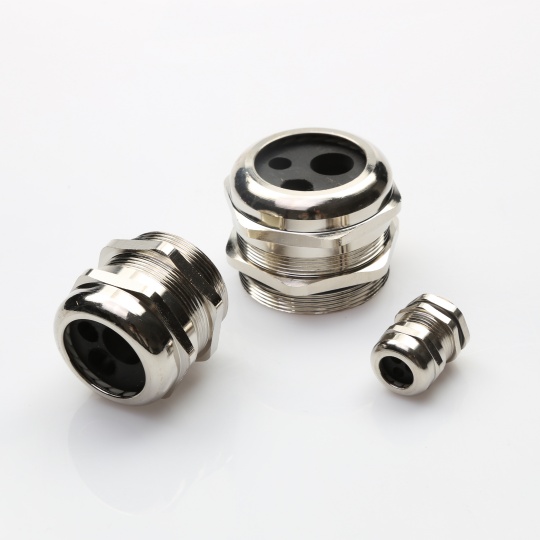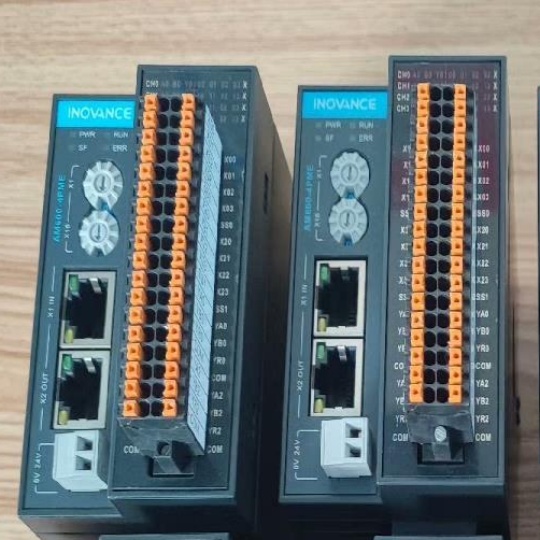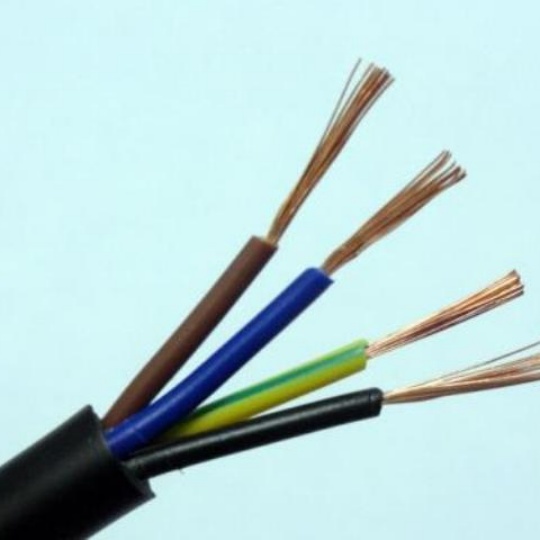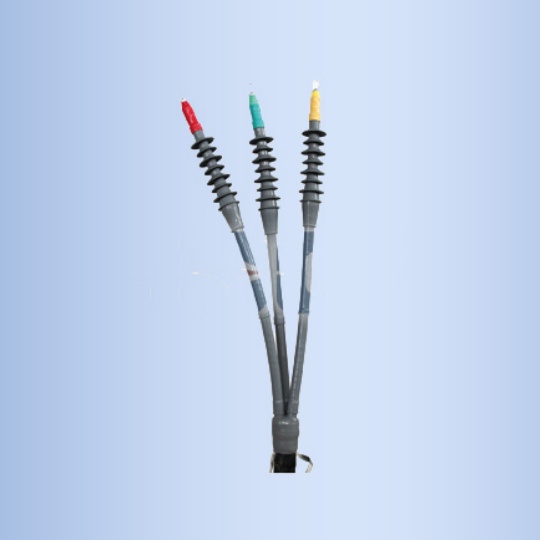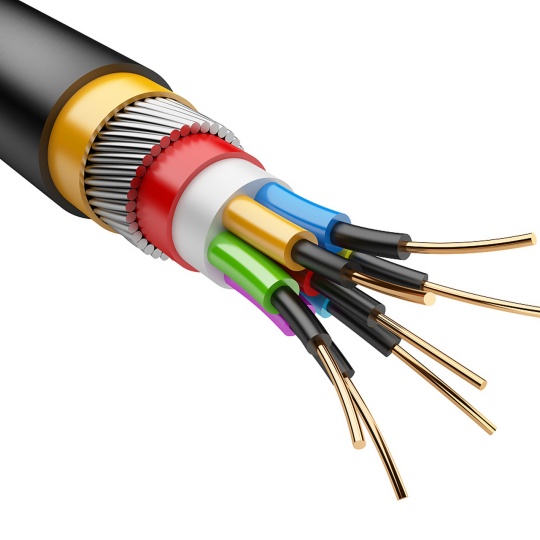How to prevent industrial cable from corrosion in humid environments
In humid industrial environments, corrosion of industrial cables is a prevalent and troublesome issue. It not only shortens the service life of cables but also poses serious threats to the normal operation of industrial production, potentially leading to equipment failures, production interruptions, and even safety accidents. Therefore, taking effective measures to prevent industrial cable corrosion in humid environments is of great significance. Here are some practical methods.
Choose corrosion-resistant cable materials
Selecting the right cable materials is the first line of defense against corrosion in humid environments. Cables made of materials with excellent corrosion resistance can fundamentally reduce the risk of corrosion.
For the conductor part, tinned copper conductors are a good choice. The tin coating forms a protective layer on the surface of the copper, preventing copper from reacting with moisture, oxygen, and other corrosive substances in the humid air, thus slowing down corrosion. In more severe humid and corrosive environments, silver-plated copper conductors can be used, as silver has better corrosion resistance than tin.
As for the insulation and sheath materials, halogen-free cross-linked polyethylene (XLPE) is widely used. It has good water resistance and chemical resistance, can resist the erosion of moisture and various corrosive gases in the humid environment, and maintains stable electrical performance and mechanical properties for a long time. Chlorinated polyethylene (CPE) is also a suitable option, which has excellent weather resistance, ozone resistance, and chemical resistance, making it suitable for humid and harsh industrial environments.
Pay attention to cable installation details
Proper installation is crucial for preventing industrial cable corrosion in humid environments.
During installation, ensure that the cable is laid in a dry and well-ventilated area as much as possible. Avoid laying cables in low-lying areas that are prone to water accumulation or places with high humidity for a long time, such as the bottom of workshops with frequent water splashing. If it is necessary to lay cables in such areas, take waterproof measures, such as using cable trenches with drainage systems or installing cable conduits with good sealing performance.
The connection parts of cables are vulnerable to corrosion. When making cable joints, use professional waterproof and anti-corrosion joint kits. These kits are usually made of materials with good sealing and corrosion resistance, which can effectively prevent moisture and corrosive substances from entering the joint, ensuring the reliability of the connection. At the same time, ensure that the joint is firmly connected to avoid poor contact caused by loosening, which may generate heat and accelerate corrosion.
In addition, avoid excessive bending or tension on the cable during installation. Excessive bending may damage the insulation and sheath, creating channels for moisture and corrosive substances to enter. Excessive tension may cause the conductor to deform, affecting the overall structure of the cable and reducing its corrosion resistance.
Strengthen cable maintenance and inspection
Regular maintenance and inspection can promptly detect potential corrosion problems and take measures to deal with them, preventing the situation from worsening.
Establish a regular inspection system. Inspect the surface of the cable for signs of corrosion, such as rust spots, bulges, or cracks on the sheath. Check the connection parts to see if there is moisture, oxidation, or looseness. For cables laid in hidden places, such as inside cable trays or conduits, regularly open them for inspection to ensure there is no water accumulation or moisture condensation.
Clean the cable surface regularly. In humid environments, dust, dirt, and other contaminants on the cable surface can absorb moisture, accelerating corrosion. Use a dry, clean cloth to wipe the cable surface, and avoid using water or corrosive cleaning agents. For cables with heavy dirt, use a mild detergent that is compatible with the cable material, and dry the surface thoroughly after cleaning.
If signs of corrosion are found during inspection, take timely measures. For slight corrosion on the sheath, apply anti-corrosion coating after cleaning. For more serious corrosion, such as damage to the insulation or conductor corrosion, replace the cable or the affected part in a timely manner to avoid further deterioration.
Apply anti-corrosion technologies
Using anti-corrosion technologies can further enhance the corrosion resistance of industrial cables in humid environments.
Coating technology is a common method. Apply a layer of anti-corrosion coating on the surface of the cable sheath. The coating can form a dense protective film, isolating the cable from moisture, oxygen, and corrosive substances in the environment. When choosing anti-corrosion coatings, select those with good adhesion, water resistance, and chemical resistance, and ensure that the coating is evenly applied without bubbles or cracks.
Cathodic protection technology is suitable for metal-sheathed cables. It works by making the metal sheath of the cable a cathode in an electrochemical cell, thereby preventing it from being corroded. There are two main types of cathodic protection: sacrificial anode protection and impressed current protection. Sacrificial anodes (such as zinc anodes) are attached to the metal sheath, and since the anode is more active than the metal sheath, it is corroded first, protecting the sheath. Impressed current protection uses an external power supply to provide a direct current to the metal sheath, making it a cathode.
Control the environment humidity
Reducing the humidity of the industrial environment where the cables are located is an effective way to prevent corrosion.
Install ventilation equipment in the workshop or cable laying area, such as exhaust fans and dehumidifiers. Ventilation can promote air circulation, reduce the accumulation of moisture in the air, and lower the humidity. Dehumidifiers can directly remove moisture from the air, maintaining the environment at a relatively dry level.
Take measures to prevent water leakage in the environment. Check the water supply and drainage pipelines, valves, and other equipment regularly to ensure there is no water leakage. For areas prone to water splashing, such as near washing machines or cooling equipment, install splash guards to prevent water from directly splashing on the cables.
In conclusion, preventing industrial cable corrosion in humid environments requires a comprehensive approach, including selecting appropriate materials, paying attention to installation details, strengthening maintenance and inspection, applying anti-corrosion technologies, and controlling environmental humidity. By implementing these measures, the service life of industrial cables can be effectively extended, and the stable operation of industrial production can be guaranteed.




